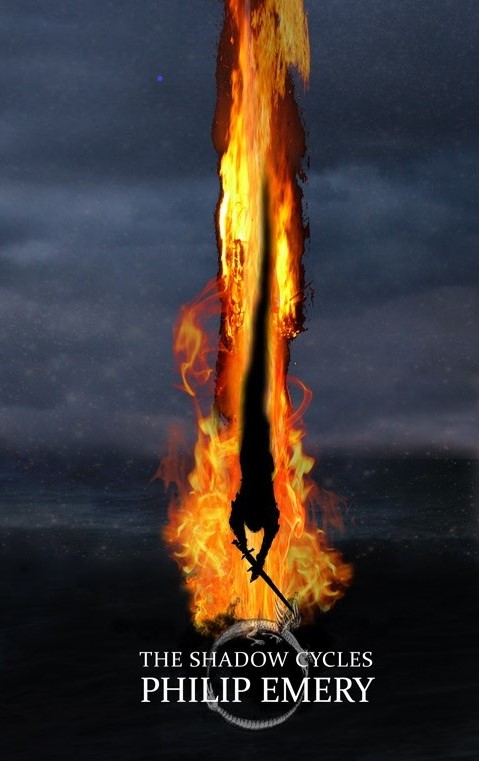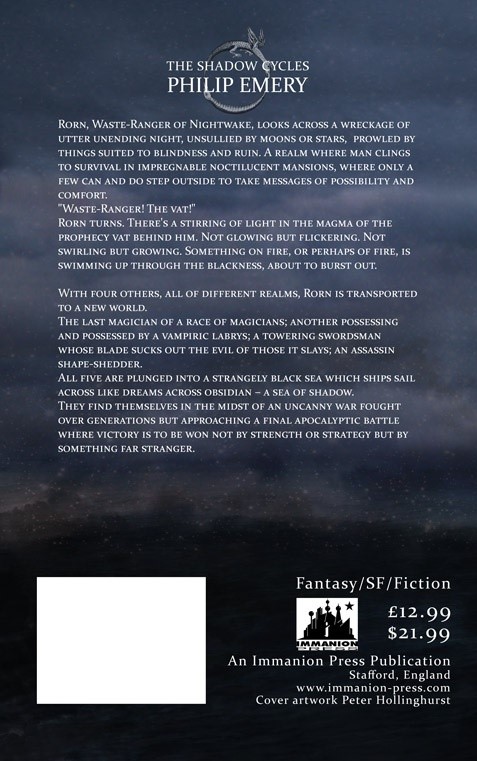S.E. rating:
4 of 5 stars
This book blurb attracted me to
Jason R. Koivu's
Beyond Barlow since I am a fan of
Heraclix & Pomp. Turns out his summary is spot on.
"Somewhere between Huck Finn and Locke Lamora" -- Forrest Aguirre, author of Heraclix and Pomp
Beyond Barlow is Intellectual Grimdark: Readers typically differentiate stereotypical High Fantasy (elves, dwarves, wizards with pointy hats with a slant toward happy adventuring) vs Low Fantasy (more "realism" & "earthier" milieu, with a focus on humans defending trenches at the battlefront or crawling through crypts to save a maiden or rob a god). The latter encompasses sub-genres like Sword & Sorcery and the contemporary-named Grimdark.
Beyond Barlow has no explicit sorcery, and lies somewhere between medieval fiction and today's Grimdark. Yet it feels different, and this difference can be a plus or a detraction for readers. It all boils down to the conflict. Most adventures of Dark Fantasy tap into simple conflicts of Hero(ine) protagonists vs evil villains/creatures.
Beyond Barlow works the more obtuse Hero vs. Self (or arguable Hero vs. Nature) conflict; this development can be slower to develop than the former.The book follows Ford Barlow who is an impulsive, violent teenager who struggles to fit in with his family in a comfortable way. The story tracks his coming of age as he learns to kill in battle; he causes several brutal accidents leading to his departure from Barlow (his family's hamlet). He joins the Wayward Boys, and his teambuilding with the gang has all the hallmarks of Golding's
Lord of the Flies.
Themes of "family matters" persist across every chapter; i.e., what does it means to belong to one? What is your role as a member? The opening chapter, for instance, has Ford going to battle with his dad, step-brother, and dog Stinky. At first, I thought this was a foundation for a Ford-vs-other-clan narrative, but subsequent chapters amplified Ford's feelings of mis-belonging.
Ford is continually haunted by visions of his father, a woodcutter. The following chapters focus on his bonding with a band of thieves. Plenty of drama unfolds as the wanderlust boys survive by thieving food, braving cold winters, and looting crypts. The characters Runt and Ham echo Ford's relationship with his step-brother Leo; they were my favorite of the bunch.
Its uniqueness may also make this less accessible. Ford isn't really honorable (though he does mature a bit)... the situations he experiences are very grim, and without a clear villain, it leans toward intellectual fiction. The series continues with the sequel
The Rue of Hope, which interestingly calls out magic. So we can speculate that the tone shifts towards dark Sword & Sorcery in the next installment.
Blurb for
The Rue of Hope:
Murder in the streets. Murder in the houses of the holy. The violent deaths of prominent figures have the populous on edge. Now, amid fire and flood, the revolt is on. The castle is taken, the lord is on the run, and the city is crumbling. With society on the verge of collapse, impulsive street-fighter Ford Barlow finds himself in just as much turmoil. Not only is he juggling his own problems, but his slippery rogue friend is embroiled in a string of high-profile assassinations. Mercenary work for a mage meant to distance him from his troubles only highlights his selfish ways and drives him back into a crumbling world of scandal and betrayal. Magic, adventure and murder combine in this fantasy-mystery!
View all my reviews




















